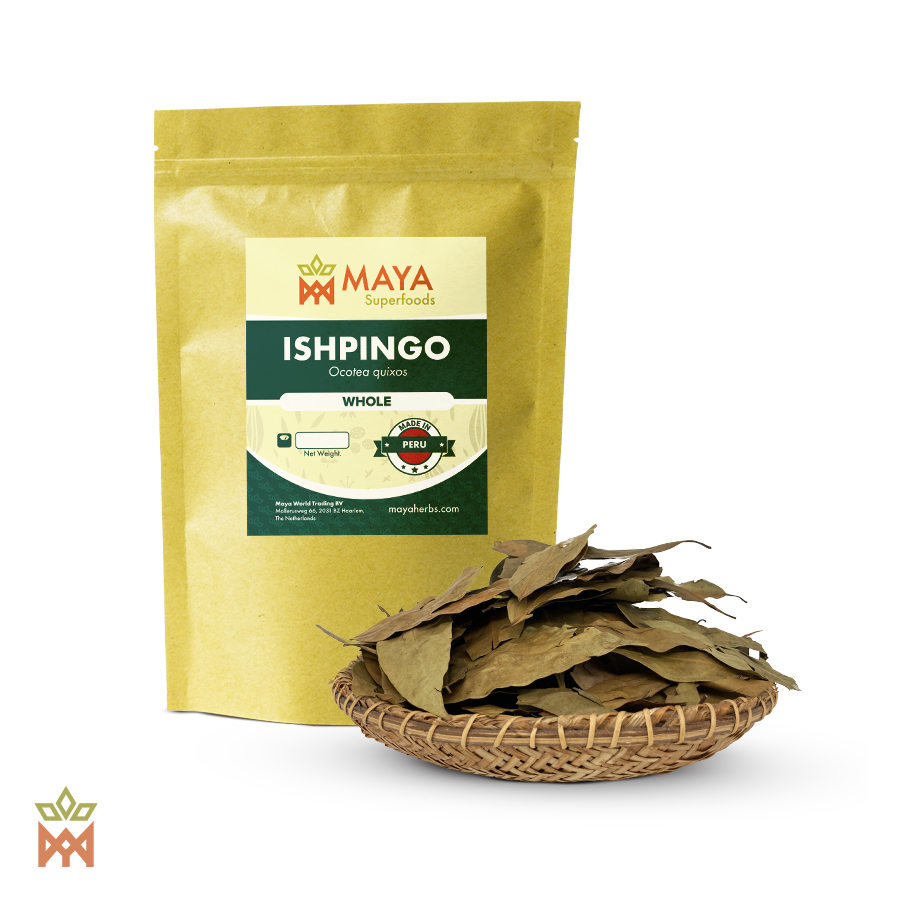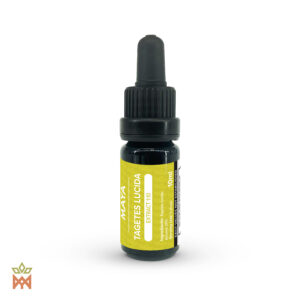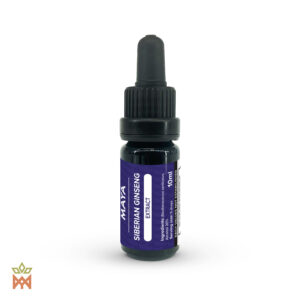Ishpingo, scientifically known as Ocotea quixos, is a species of tree native to the Andean and Amazoninan regions of Peru, Ecuador and Brazil. The tree belongs to the Lauraceae family and is esteemed for its aromatic leaves, which possess a distinct cinnamon-like flavor and aroma.
Ishpingo habitat
Ishpingo trees typically grow in the humid forests of the Andean foothills, reaching heights of up to 25 meters. They have evergreen foliage and produce small, fragrant flowers that give way to dark brown berries.
The leaves of the Ishpingo tree are harvested for their culinary and medicinal properties. They are rich in essential oils, particularly cinnamaldehyde, which imparts the characteristic cinnamon flavor and aroma.
The Different Types of Ocotea Quixos
There are four different types of Ocotea quixos, each with its own unique set of properties.
- Type 1: The most common type , typically found in Peru. It has a strong, woody flavour with hints of spice.
- Type 2: A sweeter variety, typically found in Ecuador. It has a fruity flavour with hints of floral sweetness.
- Type 3: A rarer variety, typically found in Colombia. It has a minty flavour with hints of citrus.
- Type 4: The least common type, found only in Venezuela. It has a spicy flavour with hints of chocolate.
Ishpingo medicinal properties
The leaves of the tree have been used for centuries by the indigenous people of the Amazon for their medicinal properties. The leaves are traditionally boiled in water to make a tea, which is said to be effective in treating a variety of ailments including stomach aches, diarrhea, and fever. Ishpingo tea is also said to be helpful in boosting the immune system, as it is rich in antioxidants and vitamins A and C. In addition to its medicinal uses, ishpingo tea has a unique flavor that has been described as earthy and sweet. It is becoming increasingly popular as an alternative to traditional black or green teas, and can be found online or at specialty food stores.
Traditional Uses
Ishpingo leaves have a long history of use in traditional Andean cuisine, where they are valued for their aromatic qualities and flavor-enhancing properties. The leaves are commonly used as a culinary spice, imparting a warm, spicy-sweet flavor reminiscent of cinnamon to dishes. In addition to their culinary uses, the leaves have been used in traditional medicine by indigenous communities in the Andean region. Ishpingo is believed to have digestive benefits and may be used to alleviate gastrointestinal discomfort, stimulate appetite, and promote overall digestive health.
Ishpingo leaves are also used in traditional herbal remedies to treat respiratory ailments such as coughs, colds, and congestion. The aromatic compounds present in the leaves are thought to have expectorant and decongestant properties, helping to relieve respiratory symptoms and promote easier breathing.
Spiritual uses
Ishpingo leaves have a long history of use in Peruvian shamanic traditions. The Shipibo-Conibo people of the Amazon rainforest traditionally use ishpingo in ayahuasca ceremonies. Ayahuasca is a psychoactive brew that is used for spiritual and healing purposes. Ishpingo leaves are also used in Peruvian folk medicine. They are believed to have anti-inflammatory, analgesic, and anticancer properties. Some people apply ishpingo leaves directly to the skin to treat inflammation and pain. Others drink ishpingo tea to treat stomach problems, colds, and flu.
Ishpingo spiritual uses:
- Used in ayahuasca ceremonies by the Shipibo-Conibo people of the Amazon rainforest
- Believed to have anti-inflammatory, analgesic, and anticancer properties
- Can be applied directly to the skin or drunk as a tea
How to prepare Ishpingo Tea?
Brewing ishpingo leaves is very similar to brewing yerba mate or guayusa. For hot tea, use 1-2 teaspoons of leaves per 8 ounces of water. Bring the water to a boil and let it cool for about 2 minutes before pouring over the leaves in a cup or gourd. Steep for 3-5 minutes, then strain and enjoy.
For iced tea, follow the same proportions but steep for a longer period of time, about 5-7 minutes. Alternatively, you can cold brew your ishpingo by adding the leaves to cold water and steeping overnight in the fridge. Strain in the morning and enjoy throughout the day.
Ishpingo can also be used in cooking. It imparts a nice flavor to soups and stews, and can be used as a rub for meats. To make a simple ishpingo tea infusion, add 1 teaspoon of dried leaves per 8 ounces of water in a pot or teapot. Bring to a boil and let steep for 3-5 minutes before straining and enjoying.
Cultural Significance
Ishpingo holds cultural significance in the Andean region, where it is considered a symbol of the rich biodiversity and cultural heritage of the region. The tree is revered for its culinary and medicinal properties, as well as its role in traditional rituals and ceremonies.
In Andean cuisine, Ishpingo leaves are used to flavor a variety of dishes, including soups, stews, sauces, and beverages. They are also used to infuse traditional Andean drinks such as chicha and aguapanela with their distinctive cinnamon-like aroma and flavor. It is also a common and very pleasant tea widely consumed in the Amazon region.
Ishpingo leaves may also be used in spiritual and ceremonial contexts by indigenous communities, where they are believed to have purifying and protective properties. The aromatic smoke produced by burning Ishpingo leaves may be used in rituals to cleanse the energy of a space or ward off negative influences.
In conclusion, Ishpingo leaves, with their cinnamon-like flavor and aroma, are a prized culinary and medicinal ingredient in the Andean regions of Peru and Ecuador. Whether used to enhance the flavor of traditional dishes, promote digestive health, or provide respiratory support, Ishpingo continues to be valued for its versatile applications and cultural significance in the Andean culinary and healing traditions.










Reviews
There are no reviews yet.